#E-textiles
Explore tagged Tumblr posts
Text


ArtFight attack for @gelatinouscvbe, had a lot of fun with this one and I am going to be so sad to dismantle it so I can re-use the screen.
Hypurrlink by bori on artfight!
22 notes
·
View notes
Text
What Are the Latest Breakthroughs in Wearable Tech?
In 2024, the world of wearable technology is evolving faster than ever. With advancements spanning health, fitness, productivity, and even entertainment, wearable tech has become an integral part of daily life. But what are the latest breakthroughs in wearable tech, and how are they shaping the future? From AI-driven health monitors to augmented reality (AR) devices, new innovations are pushing…
#AI#AI-driven#air quality#Apple Watch#AR Glasses#AR integration#augmented reality#biofeedback#biometric authentication#biometric payments#body temperature#brain sensors#contactless payments#digital health#e-textiles#ECG#emerging tech#environmental sensors#fitness tracking#future tech#glucose monitoring#Google Glass#health monitoring#HoloLens#innovation#IoT#medical wearables#Mental Health#mindfulness tech#mixed reality
0 notes
Text

All my homies hate Elliott
#fanart#Stardew valley#sdv#stardew valley fanart#sdv fanart#concernedape#crochet#amigurumi#crochet doll#crochet plush#fiber art#textile art#stardew valley elliott#sdv Elliott#Stardew Elliott#Stardew valley e
119 notes
·
View notes
Text
Everything is the same everything is love everything is music everything is fabric everything is beautiful everything is art everything is a part of me I am a part of everything .
#computers …I love computers so much#becaus e I fell in love with textiles#and textiles are computers are textiles. it’s all the same it’s all in love. everything is
10 notes
·
View notes
Text
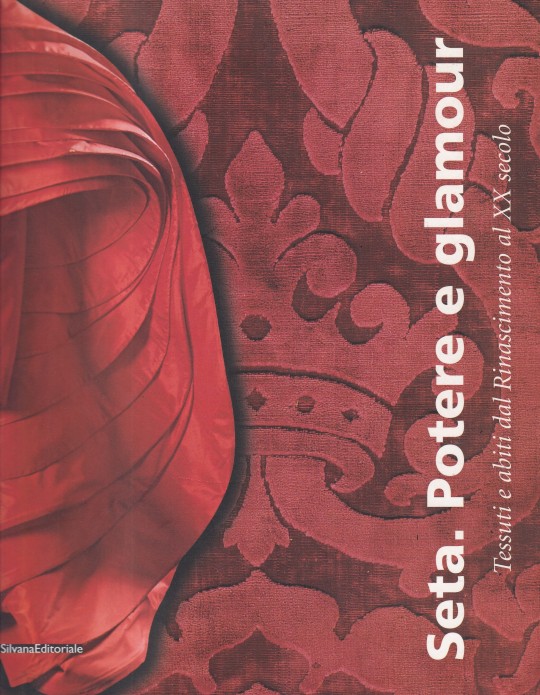
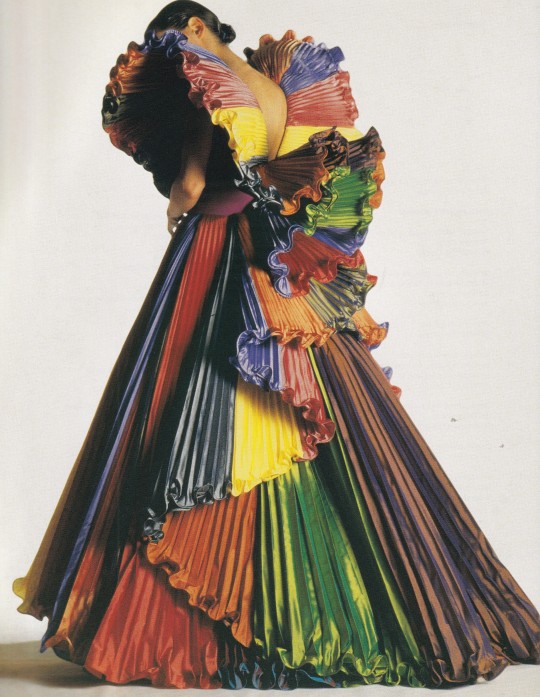
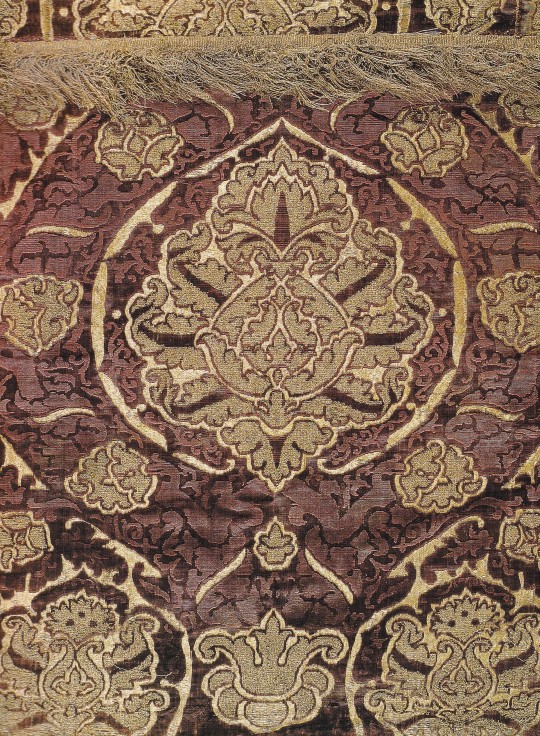
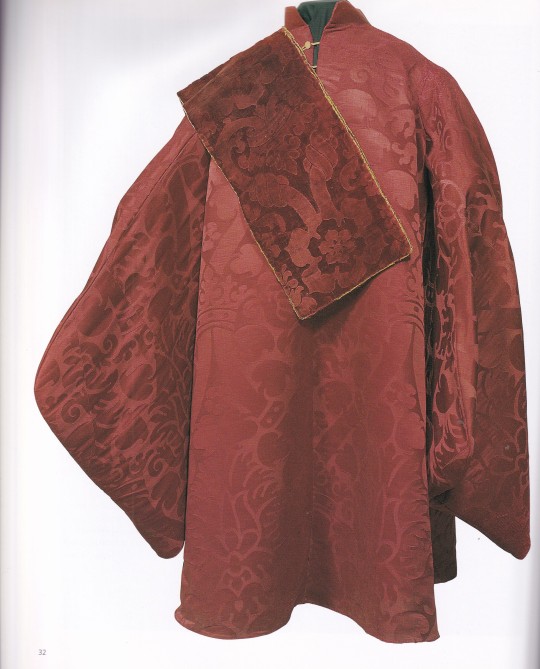
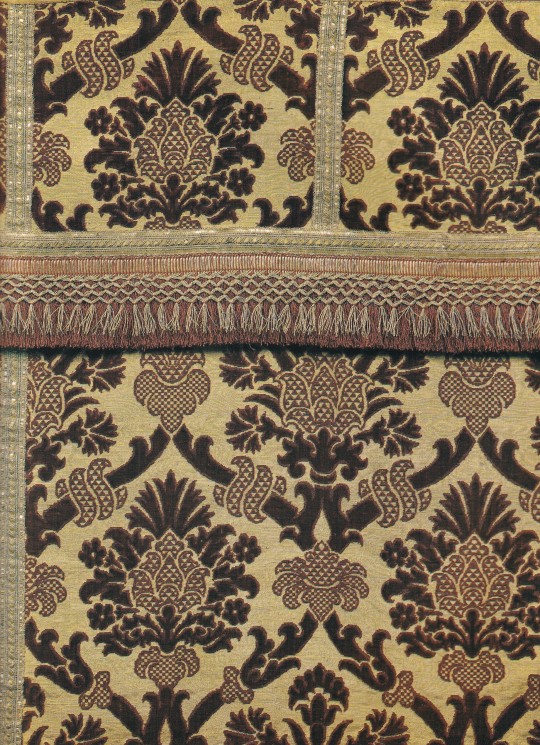
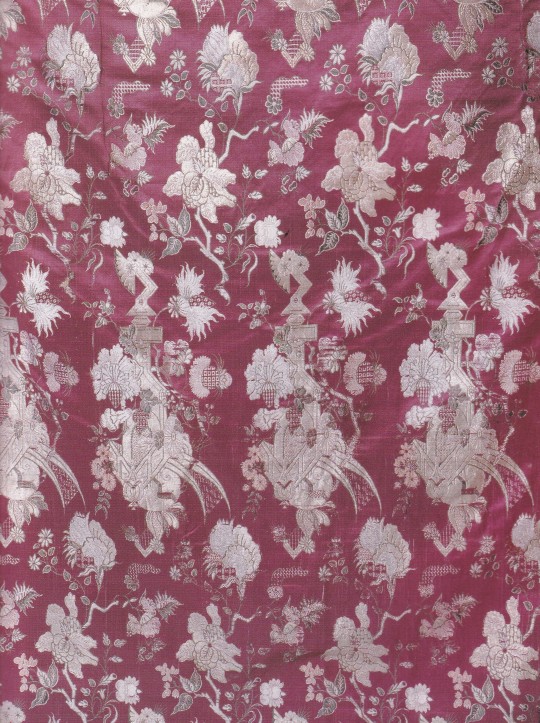
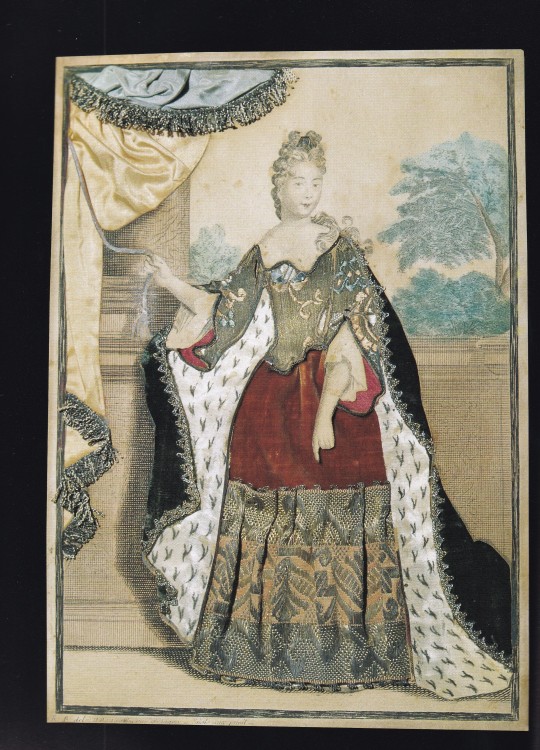
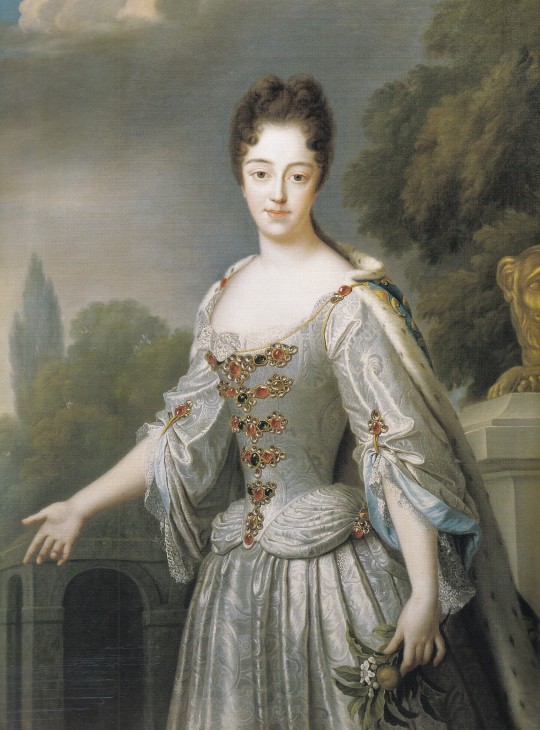

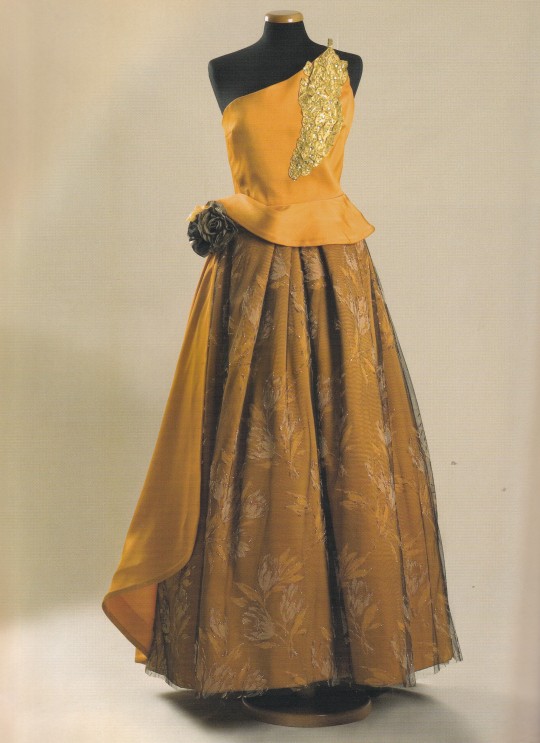
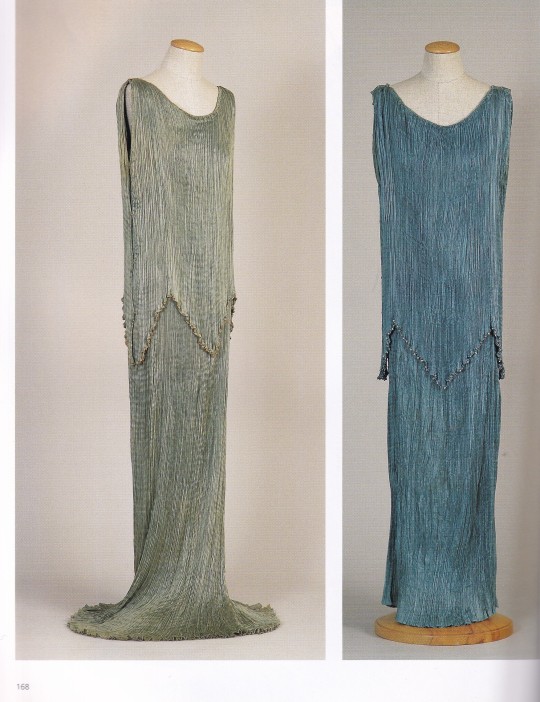
Seta. Potere e glamour
Tessuti e abiti dal rinascimento al XX secolo
Roberta Orsi Landini
Autori dei saggi: Marie Bouzard, Marina Carmignani, Andreina d’Agliano, Franco Franceschi, Dominique Charles Fuchs, Sofia Gnoli, Susan Miller, Roberta Orsi Landini, Maria Pia Pettinau Vescina
SilvanaEditoriale, Cinisello Balsamo 2009, 192 pagine, 120 ill.a colori, 10 ill. bianco e nero, 23x28cm, brossura, ISBN 978883661492
euro 35,00
email if you want to buy [email protected]
Sfarzo, raffinatezza e seduzione. Questi sono gli argomenti affrontati nel volume, dedicato alla storia di un materiale tanto antico quanto prezioso: la seta.
Pubblicato in occasione dell’omonima mostra, il catalogo – che inaugura la collana del CeSAC - Centro Sperimentale per le Arti Contemporanee di Caraglio – sottopone all’attenzione del pubblico tre momenti storici in cui la seta, soprattutto attraverso le vesti, ha assunto un ruolo significativo nella storia del costume e della produzione: il Rinascimento, gli anni a cavallo fra Seicento e Settecento, e la prima metà del secolo XX. Il boom della seta, che vede la realizzazione di veri e insuperati capolavori tessili – manifestazione di ricchezza dei ceti più potenti – è il Quattrocento, quando alcuni centri italiani, come Venezia, Firenze o Genova, ne diventano i più importanti produttori europei. Una produzione pregiata che viene accresciuta, fra Seicento e Settecento, dagli scambi con il lontano Oriente: decorazioni bizzarre e fantastiche, ispirate alla cultura figurativa turca, indiana, cinese e giapponese, fioriscono su fondi dalle cromie nuove e brillanti. Il Novecento, con il diffondersi dell’industrializzazione, vede mutare ancora l’aspetto e il significato dell’abbigliarsi in seta. Questa diventa un tessuto di appannaggio quasi esclusivamente femminile, mentre nuovi generi tessili, come crêpes e chiffons, favoriscono l’affermazione di una nuova moda, tutta giocata sulla seduzione. In catalogo, introdotti da saggi critici, sono documentati alcuni capolavori tessili provenienti dal Museo del Bargello di Firenze e dal Centro di Studi di Storia del Tessuto e del Costume di Venezia, nonché abiti di sartorie o creatori famosi – Fortuny, Poiret, Schiaparelli, Capucci – e capi appartenuti a importanti dive o personalità: Rita Hayworth, Mirna Loy e Soraya Esfandiary.
07/04/24
#Seta#Potere e Glamour#Textiles exhibition catalogue#CeSAC#Fortuny#Poiret#Schiaparelli#Capucci#Rita Hayworth#Soraya#Mirna Loy#fashion books#fashionbooksmilano
13 notes
·
View notes
Text


“Flying geese” variation quilt and detail, Annie E. Pettway, c. 1935
12 notes
·
View notes
Text
ART POST JUMPSCARE RAAHH!!!!!

havent drawn in 10 trillion years and randomly was like im going to draw now. doodle page
still havent decided on what exactly tomthmaa's species is but i've been tossing a couple ideas around in my head regarding different morphs and whatnot? with what i think the general minecraft server geography looks like in my head ummm 1. mainland morphs lean more bear/bull instead of antelope/deer (tomthmaa is here he's in the bottom left teeheehee)
2. maritime morphs lean more antelope/deer instead of bear/bull (top left?)
mainlanders living around the beta necropolis have over time been reshaped to suit the harsh undead environment and my intent was to make them kinda gnoll-like (bottom right) but idk that just kinda looks like a scrungly tomthmaa dot dot dot
other things im thinking about is arts and crafts ? i think that his species likes to weave hence why tomthmaa is dressed in silk garments and carries a woven basket slung over his shoulder. i was thinking before maybe they rear domestic gloomoths or otherwise harvest silk from their larvae/pupae but idk maybe lotus silk is in vogue teeheeehee
was thinking maybe mainlanders are the main silk producers but prefer basketry over textile weaving, and then maritime folk like to trade for mainland silk to weave their own garments and they trade those back and forth and then with other people as well. maybe P: idk for some reason i cant see big bulky tomthmaa working a silk loom but i can see him working hella wicker lol but i think he's larger than average even for a mainlander so maybe there's smaller mainland folk that make wraps and sashes too idk idk
and then theres just misc doodles everywhere else because when i dont know what to draw or havent drawn in a long time my brain defaults to boobs teehee just how it is
#my art#doodle tag#my characters#tomthmaa#main problem im having with textile weaving is that i dont know how many fingers these guys have >.> and i dont know how articulated they a#e >.> so i literally dont know if they're dextrous enough to manipulate fibers and stems but tomthmaa is dressed in woven items sooo#do i tag this minecraft???
3 notes
·
View notes
Text

<3
16 notes
·
View notes
Text
why is deep dive research so addictive? why must i know everything?
#i've been documenting my research into obsidian and it's really addictive#it feels like i'm filling up the pokedex but instead of pokemon its ''oh i learned a new thing about the historical production of textiles'#i'm gonna need to drop all my knowledge about showbiz pizza and chuck e cheese into my obsidian man i need to keep my brain organized#babblingcreek
8 notes
·
View notes
Text


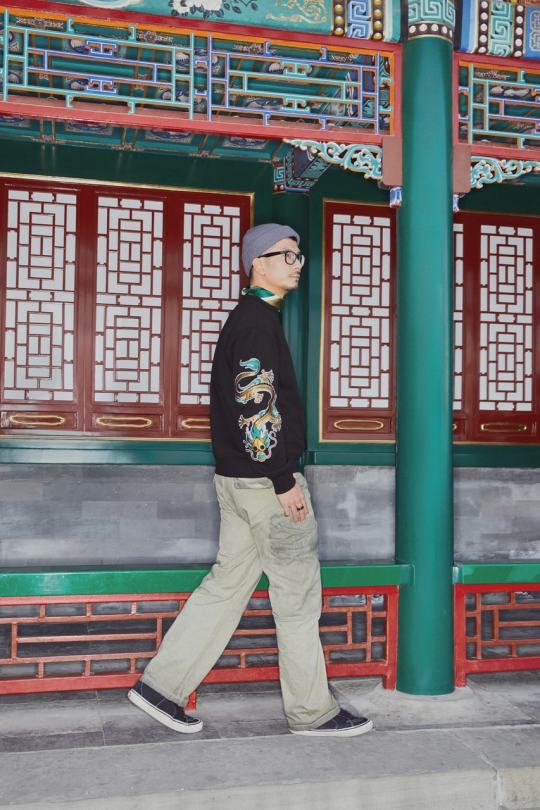
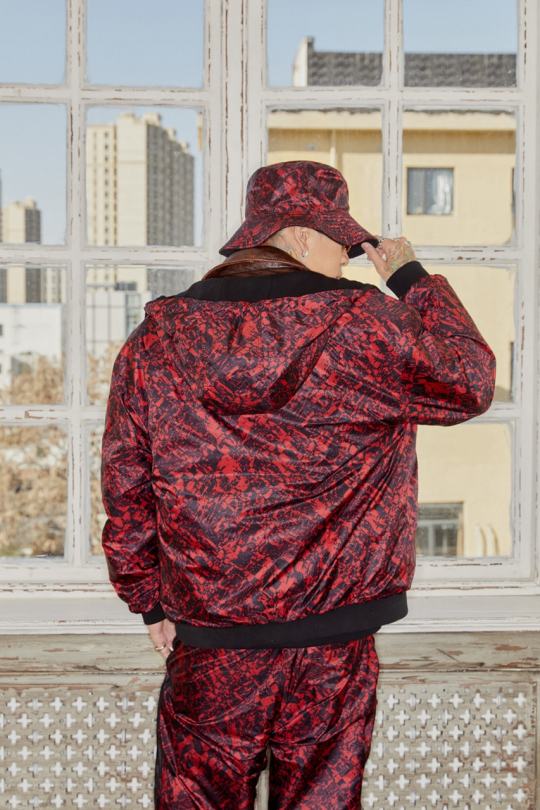
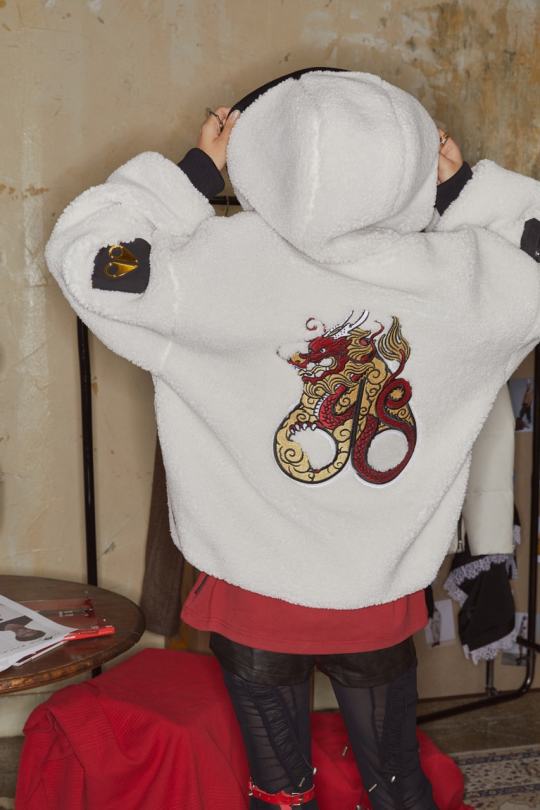
Year of the Dragon collection, Moose Knuckles, Lunar New Year 2024
Collab with graphic artist Panda Mei, fashion stylist Yuky and blogger MoO$E .
#lunar new year#year of the dragon#fashion#moose knuckles#dragon#2024#pattern#surface pattern#surface pattern design#pattern design#textile design#textiles#print#printed textiles#panda mei#yuky#MoO$E#chinese dragon
4 notes
·
View notes
Text
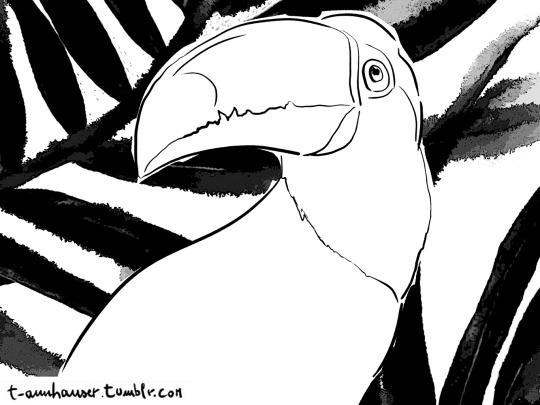
And now for something completely different: a toucan
#disegnini#fatti a mano#con#photoshop#e#tavoletta wacom#i used to be a textile designer#artists on tumblr#sono un artista#incompreso#toucan#tropical#drawing#sketch
8 notes
·
View notes
Text
Recycling and Waste Management in Melbourne: Key Strategies for Sustainability
Melbourne, known for its vibrant culture and stunning landscapes, is also a city that is increasingly dedicated to becoming a leader in sustainability. As the population continues to grow, so does the challenge of waste management and recycling. The city has implemented several key strategies to handle waste more effectively and sustainably. In this blog, we will explore the fundamental components of waste management Melbourne, focusing on innovative waste solutions such as e-waste management and paper shredding services, highlighting the use of secure shredding bins and their role in ensuring a cleaner, greener future.
The Need for Effective Waste Management in Melbourne
Waste management in Melbourne faces numerous challenges. With over 5 million residents, the amount of waste generated is substantial. According to recent statistics, the city produces approximately 3 million tons of waste each year, with a significant portion ending up in landfill sites. To combat this issue, Melbourne is determined to minimize waste through effective recycling and waste management strategies.
Melbourne's approach to waste management includes reducing the overall volume of rubbish, increasing recycling rates, and promoting community engagement in sustainable practices. To achieve these objectives, the city is investing in innovative technologies and community programs.
Key Strategies for Waste Management in Melbourne
1. Comprehensive Recycling Programs
Melbourne offers a range of recycling programs to encourage residents and businesses to recycle. The introduction of the "three-bin system" is one of the city's most significant achievements in waste management. This system includes bins for general waste, recycling, and organic waste. The three-bin system facilitates the separation of materials at the source, making recycling more efficient.
Residents are encouraged to recycle paper, cardboard, plastics, glass, and metals. Aiming for a more sustainable future, the city has set ambitious targets to increase recycling rates to 90% by 2030. This initiative also incorporates educational outreach campaigns to instill the importance of recycling in the community.
2. E-Waste Solutions
Electronic waste, or e-waste, is one of the fastest-growing types of waste in Melbourne. As new technology emerges, the disposal of outdated electronic devices presents a significant challenge. The city has implemented specialized e-waste solutions to ensure the responsible disposal of electronics.
Melbourne's e-waste recycling program allows residents to safely dispose of their old devices, from smartphones to laptops. Through community drop-off events and designated e-waste recycling facilities, the city ensures that harmful materials are managed properly to prevent them from contaminating the environment. Key players in the e-waste management sector emphasize the importance of secure data destruction, providing assurance that personal information is destroyed before recycling occurs.
3. Paper Shredding Services Melbourne
Paper waste contributes significantly to the overall waste stream in Melbourne. To reduce paper disposal in landfills, effective paper shredding services are increasingly becoming popular. Various businesses in the city offer paper shredding services that help organizations eliminate sensitive information securely and responsibly.
The process not only protects personal and confidential data but also ensures that shredded paper is properly recycled. Providers of paper shredding services in Melbourne often utilize secure shredding bins, making it easy for businesses to collect sensitive documents. These bins are strategically placed within organizations, inviting employees to responsibly dispose of confidential materials.
4. Secure Shredding Bin Programs
In line with the emphasis on data security and responsible disposal, secure shredding bins are gaining traction within Melbourne's waste management strategies. These bins cater to both residential and commercial sectors, providing a safe and convenient way to dispose of sensitive paperwork.
The secure shredding bin program ensures that all documents are securely collected and shredded, with minimal risk of data breaches. Organizations can customize their disposal plans according to their needs, guaranteeing that sensitive information is handled with utmost care. The recycled shredded paper is then repurposed, contributing to the city's broader recycling efforts.
5. Community Engagement and Awareness
One of the pillars of successful waste management is community engagement. Melbourne recognizes the importance of involving residents in waste reduction efforts. Educational programs, workshops, and events emphasize the importance of reducing waste and adopting sustainable practices.
The city regularly updates its residents with information on recycling guidelines, e-waste disposal, and proper paper shredding techniques. The increased awareness leads to more informed decision-making regarding waste, fostering a culture of sustainability within the community. Initiatives such as 'Clean Up Australia Day' encourage locals to come together in preserving public spaces and reducing litter.
6. Innovative Waste Reduction Technologies
Melbourne is leveraging innovative technology to enhance its waste management processes. Smart bins equipped with sensors can monitor fill levels, notifying waste management teams when collection is required. This technology reduces unnecessary trips, optimizing waste collection routes and reducing the city's carbon footprint.
Additionally, data analytics play a vital role in understanding waste generation patterns. By analyzing data, the city can make informed decisions regarding future waste management strategies, improving efficiency and reducing costs.
7. Partnerships with Local Businesses
The city collaborates with local businesses to create a sustainable economic ecosystem. By partnering with companies that prioritize waste reduction and recycling, Melbourne is creating a network of support for sustainable practices.
Businesses are encouraged to adopt environmentally friendly practices tailored to their operations, such as utilizing secure shredding bins for paper waste, implementing e-waste recycling programs, and promoting recycling among employees. These partnerships not only enhance the waste management infrastructure but also position Melbourne as a leader in sustainable business practices.
Melbourne's commitment to recycling and waste management is a vital component of its sustainability goals. The city has implemented a range of strategies that prioritize eco-friendly practices, community engagement, and innovative technology. By focusing on comprehensive recycling programs, effective e-waste solutions, reliable paper shredding services, and secure shredding bin, Melbourne is paving the way towards a more sustainable future.
As residents and businesses continue to embrace these initiatives, the collective impact can lead to a significant reduction in waste and increased recycling rates. It is imperative for each Melburnian to play their part in this sustainability journey, ensuring that the city remains one of the most environmentally-conscious urban centers in the world. Together, through education, collaboration, and responsible waste management, we can create a cleaner, greener Melbourne for future generations.
#paper shredding services melbourne#e-waste recycling melbourne#recyclable waste management#textile recycling melbourne
0 notes
Text












Davide Halevim
I Tappeti, gli Arazzi
Davide Halevim, Milano s.i.d., 75 pagine, 24,5x33,5cm
euro 35,00
email if you want to buy [email protected]
Davide Halevim, classe 1955, è stato un grande nome del collezionismo italiano, con un gusto distintivo per i colori forti e audaci e per i design ispiratori. Ha aperto la sua prima galleria a 22 anni come storico appassionato di arazzi e tappeti antichi – passione che ereditò dal padre e si trasformò in un patrimonio a cui l’editore Franco Maria Ricci dedicò il volume “La collezione Davide Halevim: tappeti e arazzi”. In questo volume tappeti e arazzi da Asia Minore,Persia, Turkestan Orientale, Cina, Manifattura di Tournai e Enghien
06/10/24
1 note
·
View note
Text
There are so many beautiful books in this world. Unfortunately some of them cost 60 dollars.
#prehistoric textiles by e j w barber I wont youuuu#checked it out for a paper and now I want my own copy…………😔
1 note
·
View note
Text
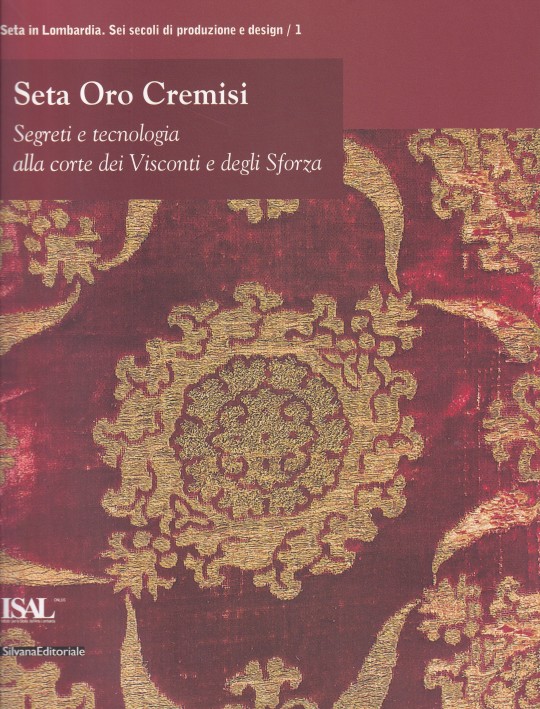

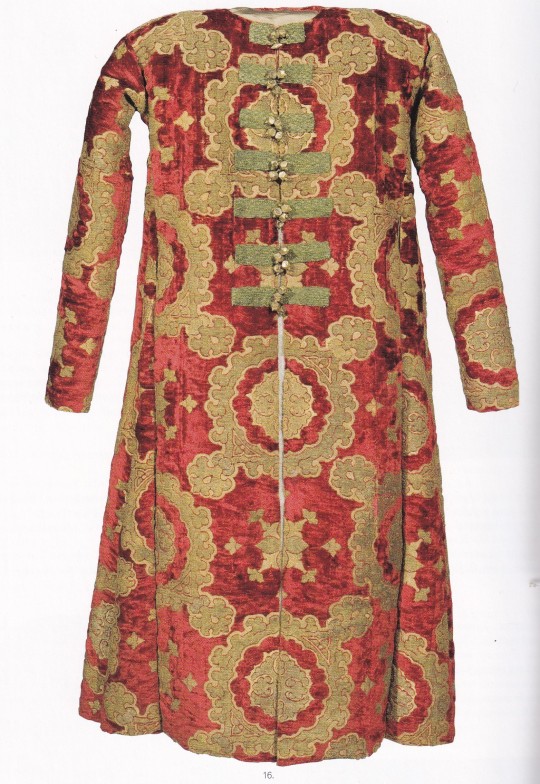

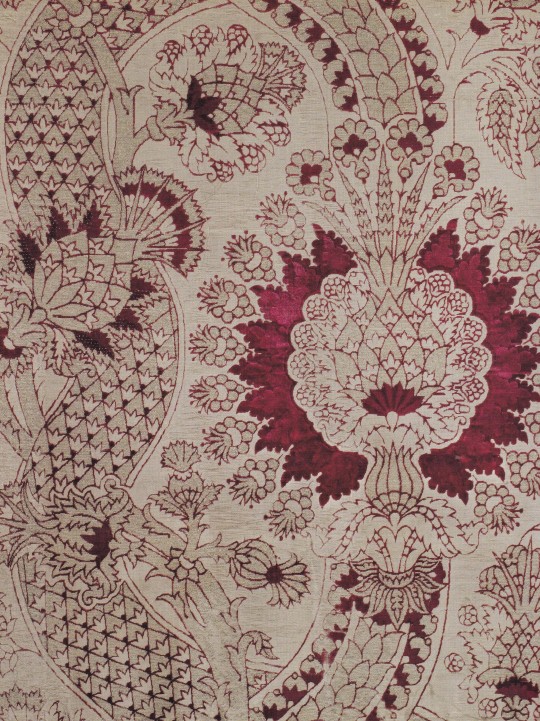
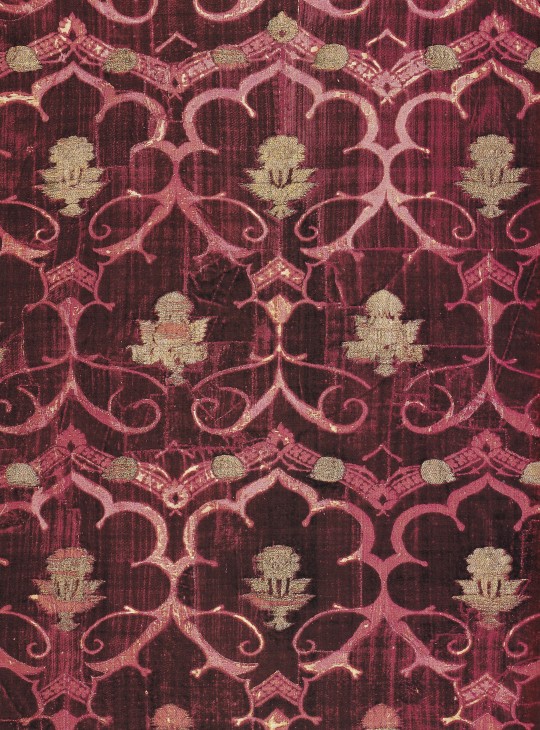
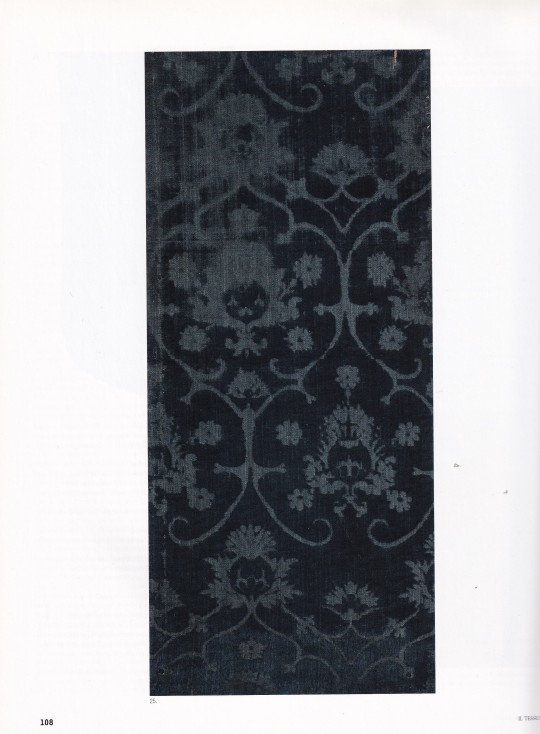


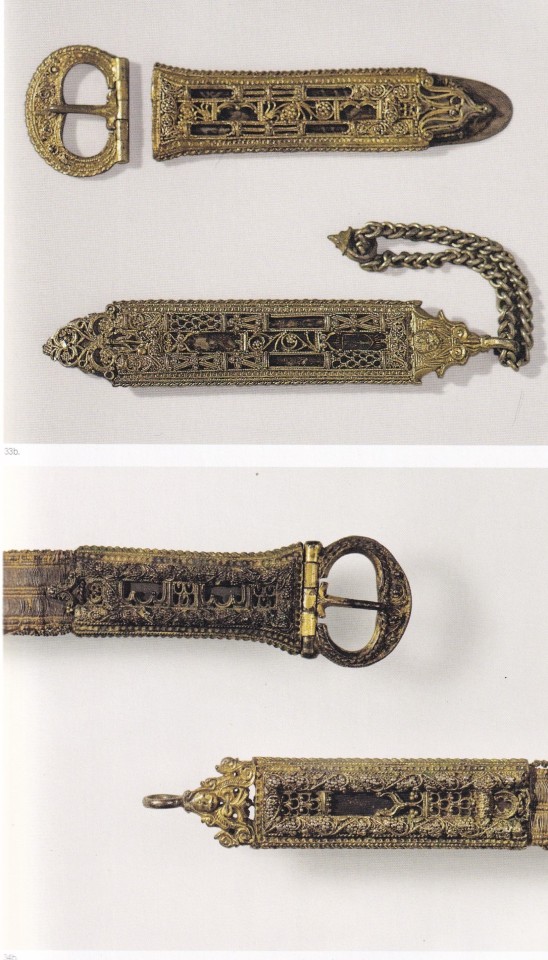


Seta Oro Cremisi
a cura di Chiara Buss
Segreti e tecnologia alla corte dei Visconti e degli Sforza
SilvanaEditoriale, Cinisello Balsamo 2009, 192 pagine, 23x28cm, 200 ill.a colori e 10 b/n, ISBN 9788836614912
euro 45,00
Primo volume della collana Seta in Lombardia, il volume accompagna una raffinata mostra proposta dal Museo Poldi Pezzoli di Milano, dedicata ai tessuti in oro e seta che, quale bene di lusso per eccellenza, hanno contraddistinto la signoria dei Visconti e degli Sforza durante l’età rinascimentale.
Veri capolavori, che conferiscono ulteriore rilevanza all’esposizione poiché testimoni dei sorprendenti risultati di uno studio – mai fino ad ora così completo ed esaustivo - dedicato ai tessuti auro-serici lombardi del XV secolo. Un’appassionante ricerca, progettata dall’ISAL (Istituto per la Storia dell’Arte Lombarda) e condotta in collaborazione con nove istituzioni europee, che per la prima volta ha documentato con chiarezza l’eccellenza delle tecniche di lavorazione ed è pervenuta al riconoscimento di reperti tessili esistenti che mai nessuno aveva individuato.
A Milano infatti l’arte della seta nacque dalla volontà del duca Filippo Maria Visconti che fece chiamare, nel 1442, due setajoli – rispettivamente da Firenze e da Genova – i quali portarono in città le maestranze, i macchinari e le materie prime per dare avvio a una vera e propria “industria della seta”: nel volgere di un quarto di secolo, con una rapidità dunque sorprendente, tale produzione raggiunse i livelli di quelle veneziane, genovesi e fiorentine, considerate le migliori in Occidente.
Questa esposizione – attraverso sessanta oggetti tra tessuti, vesti, ricami ma anche gioielli, ritratti e opere d’arte applicate – offre dunque l’opportunità di far conoscere lo sfarzo della corte milanese, la più ricca e potente della penisola italiana nella seconda metà del Quattrocento, ma anche di illustrare le ricerche effettuate su alcuni preziosi esemplari esistenti, che, per la prima volta, hanno fornito una serie di dati estremamente interessanti tanto sui materiali usati (seta, kermes, indaco, cocciniglie, zafferano, oro, rame e argento) quanto sulle tecniche di filatura.
Il catalogo accoglie numerosi saggi che illustrano le scoperte di laboratorio e d’archivio, in una panoramica a tutto tondo che, oltre alla storia politica e artistica del ducato e alla qualità della vita a corte, esemplifica le profonde conoscenze scientifiche che accompagnavano la questa particolare produzione e, non ultimo, l’aspetto sociale della struttura artigiana milanese.
Milano, ottobre 2009 - febbraio 2010
14/04/24
#Seta Oro Cremisi#Textiles exhibition catalogue#Museo Poldi Pezzoli 2009#ISAL Milano#tessuti oro e seta#textiles books#fashionbooksmilano
9 notes
·
View notes